Fashion Retail Technology: Unlocking New Frontiers in Digital Shopping
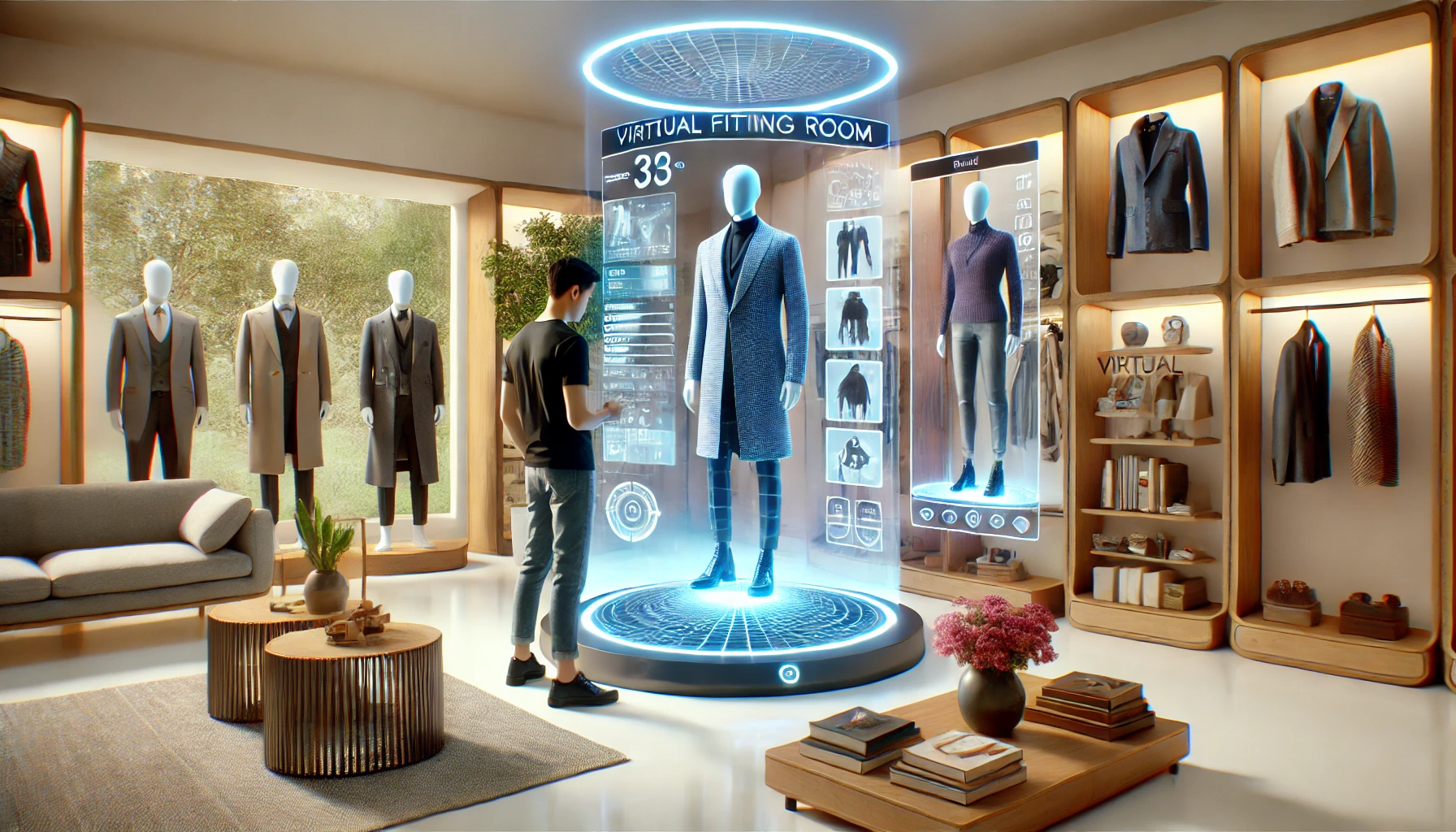
The e-commerce industry is currently experiencing rapid development, driven by the emergence of new technology in fashion retail, tools, and solutions that significantly improve its functioning. Modern fashion technologies not only optimize sales and customer service processes, but also help businesses achieve financial goals more efficiently and maximize profits. The use of artificial intelligence, automation, data analytics, and other tools allows businesses to respond more quickly to market needs, predict consumer behavior, and personalize offers. At the same time, these innovations greatly simplify the daily operations of companies, freeing up time for strategic planning and implementation of new ideas.
What is fashion retail technology?
One of the areas of development technology in fashion industry is process automation, which allows businesses to optimize warehouse management, order processing, and delivery of goods. Automated management systems minimize the risk of human error and reduce the cost of operational processes. This helps to increase the speed of order processing and improves the customer experience, which is an important factor in successful operations in a highly competitive environment.
Another key area is the work of fashion online stores with customers, which often involves various innovative technologies online retail, such as:
- Online chats with AI.
- Online fitting rooms (size recommendation).
- Augmented reality (AR).
- Online dressing rooms that give style recommendations.
Another important trend is the use of analytical tools that provide an in-depth study of consumer behavior. This allows businesses to develop more accurate marketing strategies, personalize communication and offers, thereby increasing customer loyalty and encouraging repeat purchases. Analytics helps to allocate the marketing budget more efficiently and optimize sales channels, which also contributes to the growth of profitability.
Thus, in this article, we want to figure out which new technologies in fashion work in practice, and which fashion technology examples are wishful thinking.
Key Technology Trends Transforming the Fashion Industry

1. Online chats with AI
How they work: Artificial intelligence (AI) online chats use machine learning algorithms to answer customer queries in real time. They analyze the messages entered by the user, determine their context, and find relevant answers from a database or generate them based on previous training.
Thanks to modern technologies, such chatbots can recognize complex queries and respond to them as naturally as possible.
Use in online stores: Many online stores are already actively implementing AI chatbots, for example, based on ChatGPT platforms or other solutions. Such bots help to solve frequently asked questions of customers, offer product recommendations, provide advice on ordering, and can also accept service requests.
Advantages and disadvantages: The main advantage is fast 24/7 customer service, which increases customer satisfaction and allows the store to reduce staffing costs. However, the disadvantage may be the limited flexibility of bots in complex cases where human intervention is required.
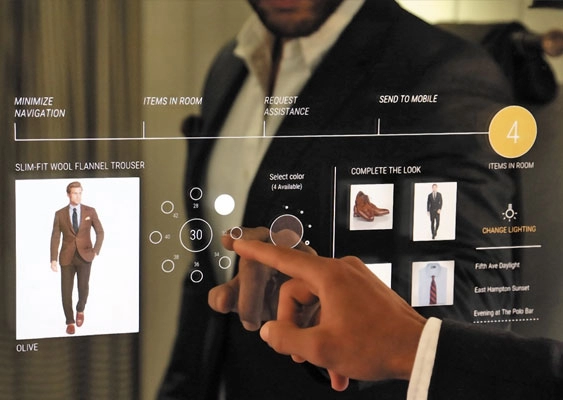
2. Online fitting rooms (size recommendation):
Description: Online fitting rooms are services that help customers choose the right size of clothes or shoes by analyzing their parameters, measurements of items, brand sizing information, etc. These platforms often use algorithms that take into account height, weight, and individual body parameters.
A digital fitting room is a service that many fashion and footwear stores are implementing to reduce returns due to size mismatches and increase sales conversion by solving the main problem with online shopping.
Advantages and disadvantages: The biggest advantage of such fitting rooms is that they solve the problem of sizing, which reduces the cost of return logistics and increases sales conversion. Also, this fashion retail technology allows to increase customer satisfaction. This reduces the risk of unsuccessful purchases and, as a result, improves the user experience.
That's why LookSize is a highly effective virtual try-on solution that is easy to use and provides accurate sizing recommendations. Utilizing the latest technology and modern software, LookSize integrates artificial intelligence to ensure that customers receive only accurate sizing suggestions. Relying on proven methods, it provides a seamless and convenient experience for both retailers and customers.
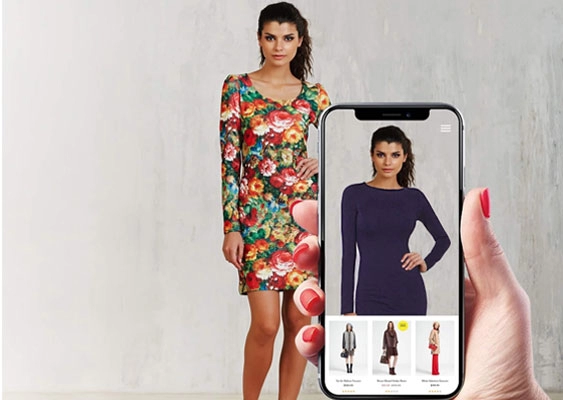
3. Augmented reality (AR)
How it works: Augmented reality technologies allow users to see virtual objects in their real environment using smartphones or other devices. This means that a customer can “try on” sunglasses before buying them.
Use in online stores: In practice, AR in e-commerce is used much less frequently than online chats or size recommendations.
Advantages and disadvantages: The main disadvantages are the high cost of creation and implementation, the complexity of implementation, and the lack of significant benefits, especially for mass market goods.

4. Online wardrobes with style recommendations
Description: Online wardrobes are services that offer style recommendations based on the user's existing wardrobe and individual preferences. Such platforms offer clothing combinations, complementing outfits based on current trends or the user's style.
Advantages and disadvantages: However, the usefulness of such solutions remains questionable, as quite often stores that announced cooperation with such services stopped cooperation after a certain period of time. This may indicate a limited demand for such recommendations among customers or that style advice has not yet had a significant impact on sales. Nevertheless, we believe that these solutions have a future, especially now, at a time of rapid AI development.
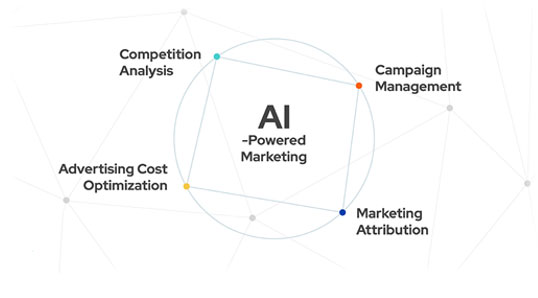
5. Using AI in the development of marketing strategies
Description: Artificial intelligence has greatly expanded the possibilities of marketing. It analyzes the market, competitors, customer behavior, and helps with the optimization of advertising campaigns, personalization of offers, and forecasting market trends.
New tools: There are many AI-based marketing automation platforms available today, such as HubSpot, Google Analytics with machine learning, or recommender system services that help create personalized content.
Benefits: Such tools allow businesses to more accurately identify their target audience, reduce marketing costs, and increase the effectiveness of advertising campaigns by making them more personalized to the customer. This helps not only to increase profits but also to strengthen customer loyalty.
6. Analyze performance results and suggest improvements
Description: Analytical tools that use big data allow online retailers to analyze user behavior, performance of various services, and receive feedback on their products and services.
Analyzing user behavior and performance helps companies identify weaknesses, evaluate the effectiveness of marketing campaigns, improve customer service, and adapt their product range to meet market needs. This provides businesses with valuable data for making informed decisions and continuous improvement.
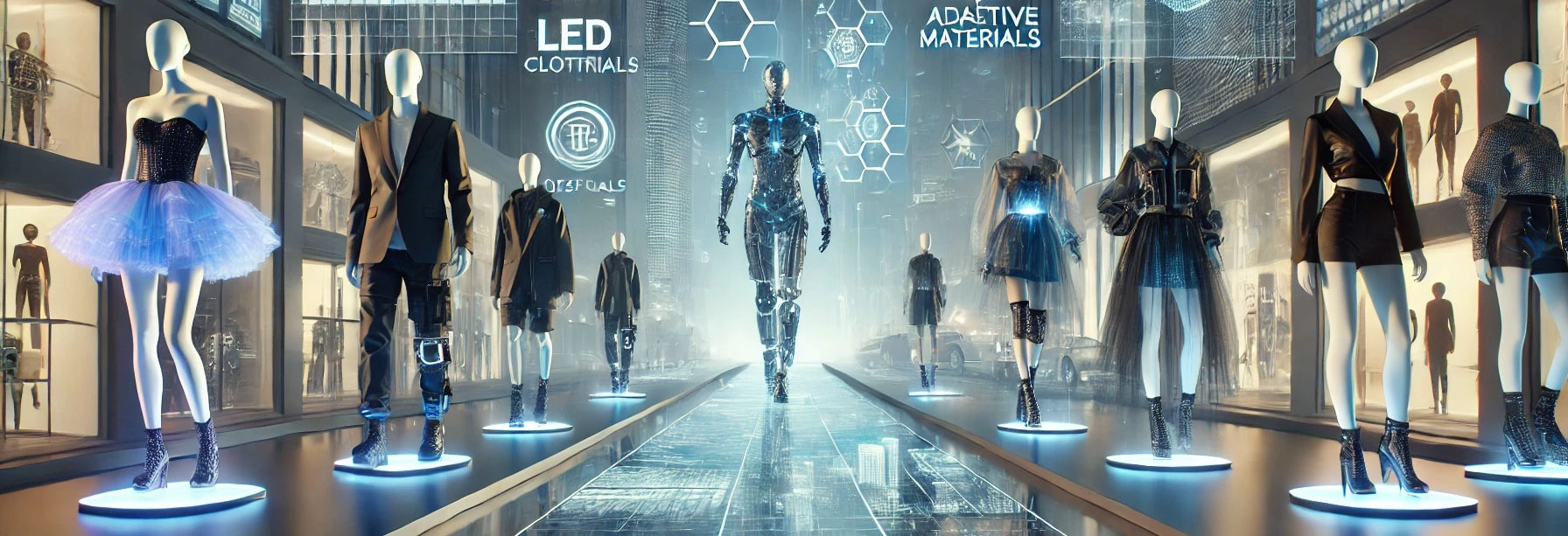
Conclusion:
Thus, new technology in fashion industry are helping businesses to adapt to market needs more effectively, improve customer service, and increase their efficiency.
Online chats with AI help to provide continuous customer service, answer questions and provide support, which, in turn, increases customer satisfaction. Online fitting rooms solve one of the most important problems of online shopping - finding the right size, reducing the number of returns and increasing customer loyalty. Augmented reality systems and online dressing rooms, although controversial, demonstrate a new approach to personalizing customers' style.
Artificial intelligence in marketing helps online retailers to better understand their customers, develop personalized strategies, and spend their advertising budgets more efficiently. Big data-based analytics enables businesses not only to obtain valuable information about customer behavior, but also to predict future trends and make informed decisions to improve their service.
However, not all the technology in fashion industry available today are being implemented on a wide scale. Innovative technologies online retail such as augmented reality require significant investment and do not always provide immediate returns, making them accessible only to a limited number of companies. However, the rapid development of technology in fashion and the gradual reduction of implementation costs may make even the most expensive fashion IT solutions more affordable for a wide range of businesses in the future. Technology in apparel retail is becoming not only a tool for increasing profitability, but also a means of creating a new standard of consumer experience by making online shopping more convenient, faster and more informative. In a highly competitive environment, online retailers that implement innovation in fashion technology have a significant advantage, allowing them to retain and expand their audience. Of course, the use of new technologies in fashion creates new challenges for those who want to use them, but it is a necessary step for anyone who wants to remain successful in the dynamic e-commerce market.

